Knowing the weight of an ATV can be an important factor in deciding which ATV to buy. The most obvious reason is to ensure you have capable means of moving the ATV. Is it light enough that it can sit in the bed of your truck or on your trailer? Can you haul it with your mini SUV or do you need to buy a truck? These questions may depend on the weight of your ATV. But, that is not the only reason you should be interested in the weight of an ATV. You want to make sure you are able to lift the front or rear end of your ATV or push it up an incline if necessary. If you weigh 120 pounds, you may not want to get stuck with a 900 pound machine. If you are going to be riding places where you could roll your ATV, there is a big difference between 300 pounds and 900 pounds rolling over you. Finally, the weight of the ATV is going to determine, to an extent, how much control you have and how sharply you can turn in some cases.
So what does an average ATV weigh? About 590 pounds or 268 kg dry weight.
But, the weight of the ATV you are looking at probably won’t be 590 pounds. The weight is going to depend mostly on the size of your engine (cc), but even within those sizes, there is a lot of variance. However, it is pretty safe to say a 90cc ATV is going to weigh quite a bit less than an 800cc ATV. Finding the right ATV is going to depend on a lot of factors, including the weight, dimensions and engine power. You can find out all about different ATV sizes in our complete guide to ATV dimensions and if you need to figure out what size to buy, check out this awesome guide.
Below, you can find the most complete guide available on ATV weight based on engine class (by cc).
Wherever possible, the weight given is the dry weight. This is the measurement used by most manufacturers. It is the weight of the ATV as you would see it on the showroom floor, with no oil, gasoline or other fluids in it.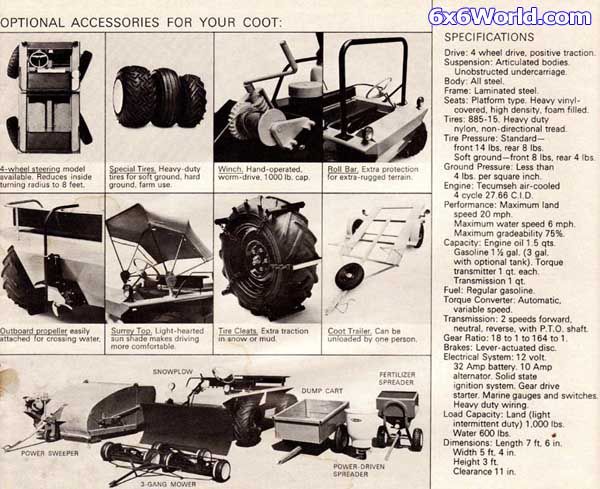 Other manufacturers, such as Honda, use what is called
curb weight, wet weight or ready to ride. This refers to the weight of the ATV with all standard equipment, all fluids and a full tank of gasoline. On an ATV, this won’t add a ton of weight and is not enough that it would impact your decision on buying an ATV. Finally, you may come across a listing for Gross Weight. This refers to the ATV and the total load it can carry including optional equipment and riders.
Other manufacturers, such as Honda, use what is called
curb weight, wet weight or ready to ride. This refers to the weight of the ATV with all standard equipment, all fluids and a full tank of gasoline. On an ATV, this won’t add a ton of weight and is not enough that it would impact your decision on buying an ATV. Finally, you may come across a listing for Gross Weight. This refers to the ATV and the total load it can carry including optional equipment and riders.
For each class of ATV, I found as many examples as I reasonably could and compared their listed weights to determine the average and any trends I mention.
The smallest entry-level youth ATVs are, of course, the lightest. The average weight of a 50cc ATV is about 215 pounds. The heaviest 50cc ATV I found was the Yamaha Raptor 50, which weighs 237 pounds. The lightest 50cc ATV I found was the Suzuki QuadSport Z50, which weighs less than me at only 174 pounds. Most of the ATVs I saw fell in the 210-225 pound range.
Most of the ATVs I saw fell in the 210-225 pound range.
I could only find a few name-brand ATVs in the 70cc class. The average weight of those was about 250 pounds.
This is probably the most popular sized ATV for kids. The average 90cc ATV weighs about 265 pounds. The largest 90cc ATV I found was the AlphaSports Daisy 90, which weighs 289 pounds. The lightest, by a single pound, was the Bombardier DS 90, which weighs 249 pounds. Most of the 90cc ATVs I saw were in the 250-260 pound range, with a few heavier exceptions skewing the average.
200cc is the class where we start getting into the bigger youth models, but there is not a huge selection at 200cc. The average 200cc ATV weighs about 365 pounds. That average is again skewed by an outlier in the super-light Yamaha Blaster, which only weighs 250 pounds.
Most of the other 200cc ATVs were in the upper 300s or lower 400s, with the Polaris Saw Tooth topping the charts at 425 pounds.
The average 250cc ATV weighs about 410 pounds. The lightest, by a fairly wide margin was the Honda TRX 250EX, which weighs only 360 pounds. The heaviest 250cc ATV I found was the Yamaha Big Bear 250, which weighs 456 pounds.
300cc is not a very popular class of ATVs so there weren’t many options. The heaviest 300cc ATV I found was the Polaris Hawkeye, which weighs 550 pounds. The lightest 300cc ATV I found was the Arctic Cat 300, which weighs 477 pounds. The average 300cc ATV weighs about 510 pounds.
The average 350cc ATV weighs about 490 pounds. This number was skewed downwards by the 375 pound Yamaha Raptor 350, which weighs 375 pounds. Most of the 350cc ATVs I saw were closer to, or over, 500 pounds. The heaviest 350cc ATV is the Arctic Cat 350, which weighs in at a relatively whopping 588 pounds.
At 400cc, we start getting into the more adult-sized ATVs.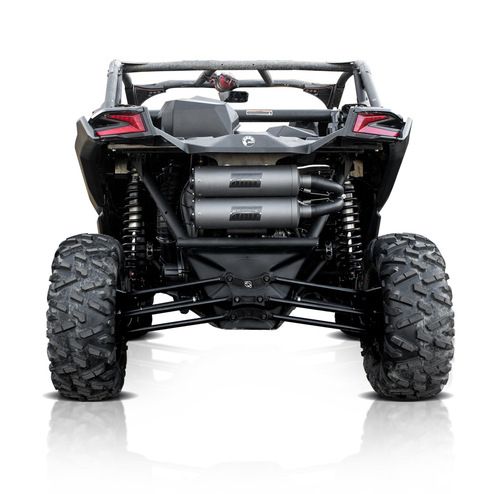 The average 400cc ATV weighs about 495 pounds. This is the lightest class where we really start seeing some huge ranges in weight with stark differences between sport and utility models. The lightest and heaviest 400cc ATVs are from Arctic Cat. The lightest is the Sport DVX 400, which weighs 372 pounds. The heaviest is the 400 4X4 Auto, which comes in at 645 pounds.
The average 400cc ATV weighs about 495 pounds. This is the lightest class where we really start seeing some huge ranges in weight with stark differences between sport and utility models. The lightest and heaviest 400cc ATVs are from Arctic Cat. The lightest is the Sport DVX 400, which weighs 372 pounds. The heaviest is the 400 4X4 Auto, which comes in at 645 pounds.
The average 450cc ATV weighs about 520 pounds, but there is a big difference between the sport and utility models in this class. The lighter sport models typically weigh less than 400 pounds. The lightest of which is the Yamaha YFZ 450, which weighs 350 pounds. The heavier utility models are 500-700 pounds. The heaviest I saw was the 696 pound Polaris Sportsman 450.
The average 500cc ATV weighs about 630 pounds. The two outliers bringing the average weight down are the Polaris Outlaw 500, at 425 pounds, and the Polaris Predator 500, at 405 pounds. Most of the other 500cc ATVs I reviewed weighed more than the average of 630 pounds. The heaviest 500cc model I found was the Polaris Sportsman 500 X2 EFI, which weighs 791 pounds. As you might be catching on, The various Polaris Sportsman ATVs are usually heavier than their counterparts.
Most of the other 500cc ATVs I reviewed weighed more than the average of 630 pounds. The heaviest 500cc model I found was the Polaris Sportsman 500 X2 EFI, which weighs 791 pounds. As you might be catching on, The various Polaris Sportsman ATVs are usually heavier than their counterparts.
The average 650cc ATV weighs about 635 pounds. The heaviest machine I found at 650cc was the Arctic Cat h2 TRV Plus, which weighs in at 724 pounds. The lightest 650cc ATV I found was the Bombardier DS 650X, which wasn’t just the only 650cc ATV I found under 600 pounds, it was under 500 pounds, at just 494 pounds.
At 700cc, we see our biggest gap between the lightest and heaviest ATVS. The Yamaha Raptor 700R weighs in a shockingly light 396 pounds. On the other end, the Arctic Cat 700 Diesel weighs in at 809 pounds. With that wide spread, the average 700cc ATV weighs in at 645 pounds. While the Yamaha Raptor is by far the lightest, you can find a 700cc ATV at nearly any weight you want, with multiple models available in the 500s, 600s and 700s for pounds.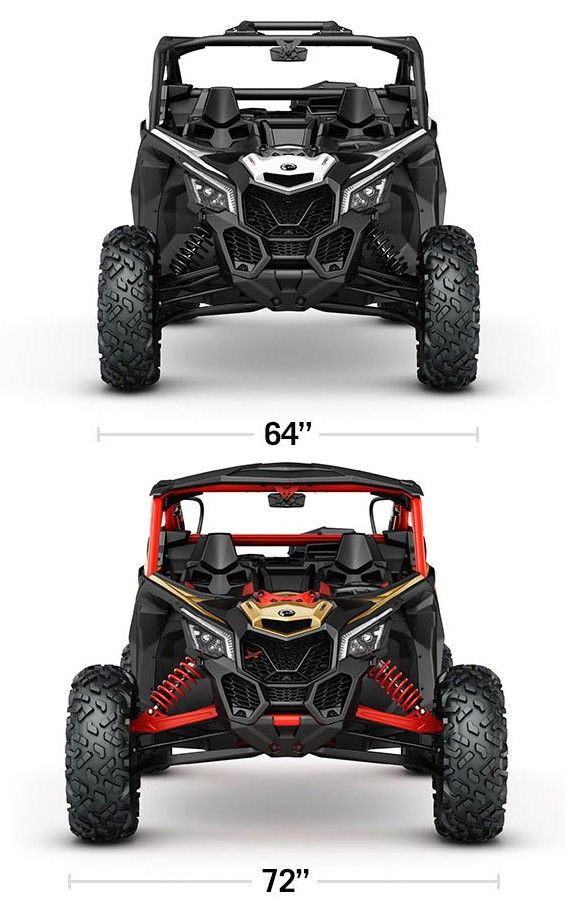
At 800cc, we are getting into the really big ATVs. The average 800cc ATV weighs about 715 pounds. The Bombardier Renegade 800 is probably the only 800cc ATV you can find under 600 pounds, and it weighs in at 597 pounds. The heaviest of the bunch is the Polaris Sportsman 800 X2 EFI, which weighs 839 pounds. Most of the 800cc ATVs are going to be plus or minus 50 pounds of 700 pounds. Indeed, the average 800cc ATV weighs about 715 pounds.
Finally, we get to the biggest of the bunch. The most powerful, and heaviest, ATVs out there are going to be the 1000cc ATVs. The average 1000cc ATV weighs about 840 pounds. At 1000cc, you just cannot find a light machine so there are a lot of considerations that need to go into purchasing such a large machine, other than just power. The lightest 1000cc ATV I could find was the Arctic Cat 1000XT, which still weighs 772 pounds. The heaviest 1000cc ATV I could find was the Polaris Sportsman XP 1000. At 927 pounds, that is an ATV you do not want landing on you.
The heaviest 1000cc ATV I could find was the Polaris Sportsman XP 1000. At 927 pounds, that is an ATV you do not want landing on you.
If you are buying a new ATV, check out these accessories you may want, and of course, don’t forget to check out our very select recommended gear.
by Lee
We’ve gathered the weight from every ATV manufacturer and put it in an easy to read chart.
We’ll go over why the weight of your ATV matters later in this post.
The average weight of an ATV is 669 pounds (304kg).
The lightest ATV weighs 220 pounds (100kg), but this ATV is made for kids.
The lightest adult size ATV is the Kymco MXU 150x at 349 pounds (159kg).
The heaviest ATV is the Can-Am OUTLANDER MAX 6×6 XT 1000 at 1,170 pounds (531kg).
| Manufacturer | Model | Weight (lbs) | Weight (kg) |
|---|---|---|---|
| Yamaha | YFZ50 | 220 | 100 |
| Kymco | Mongoose 70S | 232 | 106 |
| Kymco | Mongoose 90S | 232 | 106 |
| Kawasaki | KFX®50 | 245 | 112 |
| Can-Am | DS 70 | 250 | 114 |
| Can-Am | DS 90 | 250 | 114 |
| Can-Am | DS 90 X | 250 | 114 |
| Arctic Cat | Alterra 90 | 260 | 118 |
| Honda | TRX90X | 262 | 119 |
| Kawasaki | KFX®90 | 267 | 122 |
| Polaris | Outlaw 110 EFI | 278 | 127 |
| Polaris | Outlaw 70 EFI | 278 | 127 |
| Yamaha | Raptor 90 | 279 | 127 |
| Polaris | Sportsman 110 EFI | 289 | 132 |
| Yamaha | Grizzly 90 | 308 | 140 |
| Kymco | MXU 150x | 349 | 159 |
| Honda | TRX250X | 384 | 175 |
| Kymco | Mongoose 270 | 392 | 178 |
| Yamaha | YFZ450R SE | 405 | 184 |
| Yamaha | YFZ450R | 405 | 184 |
| Polaris | Phoenix 200 | 420 | 191 |
| Yamaha | Raptor 700R SE | 422 | 192 |
| Yamaha | Raptor 700R | 422 | 192 |
| Yamaha | Raptor 700 | 422 | 192 |
| Can-Am | DS 250 | 429 | 195 |
| Honda | FourTrax Recon | 434 | 197 |
| Arctic Cat | Alterra 300 | 477 | 217 |
| Kymco | MXU 270 | 478 | 217 |
| Kawasaki | BRUTE FORCE® 300 | 536 | 244 |
| Honda | FourTrax Rancher | 580 | 264 |
| Kymco | MXU 450i | 608 | 276 |
| Kymco | MXU 450iLE | 608 | 276 |
| Can-Am | RENEGADE 570 | 628 | 285 |
| Kymco | MXU 450i LE Prime | 634 | 288 |
| Honda | FourTrax Foreman 4X4 | 636 | 289 |
| Yamaha | Kodiak 450 | 637 | 289 |
| Yamaha | Kodiak 450 EPS SE | 650 | 295 |
| Yamaha | Kodiak 450 EPS | 650 | 295 |
| Honda | FourTrax Rincon | 657 | 299 |
| Yamaha | Kodiak 700 | 659 | 299 |
| Can-Am | OUTLANDER 450 | 678 | 308 |
| Can-Am | RENEGADE 850 | 681 | 309 |
| Can-Am | RENEGADE X xc 850 | 686 | 312 |
| Yamaha | Kodiak 700 EPS SE | 686 | 312 |
| Yamaha | Kodiak 700 EPS | 686 | 312 |
| Kawasaki | BRUTE FORCE® 750 4x4i | 689 | 313 |
| Arctic Cat | Alterra 570 Base | 699 | 318 |
| Arctic Cat | Alterra 570 EPS | 699 | 318 |
| Arctic Cat | Alterra 700 EPS | 699 | 318 |
| Polaris | Sportsman 450 H. O. O. | 700 | 318 |
| Honda | FourTrax Foreman Rubicon 4×4 | 700 | 318 |
| Kawasaki | BRUTE FORCE® 750 4x4i EPS | 700 | 318 |
| Kawasaki | BRUTE FORCE® 750 4x4i EPS CAMO | 700 | 318 |
| Yamaha | Grizzly EPS | 701 | 318 |
| Can-Am | OUTLANDER 570 | 704 | 320 |
| Can-Am | OUTLANDER XT 570 | 704 | 320 |
| Polaris | Sportsman 570 | 705 | 320 |
| Kymco | MXU 700i EURO | 705 | 320 |
| Can-Am | RENEGADE X xc 1000 | 710 | 323 |
| Can-Am | OUTLANDER MAX 450 | 715 | 325 |
| Polaris | Sportsman Touring 570 | 728 | 331 |
| Yamaha | Grizzly EPS SE | 728 | 331 |
| Polaris | Scrambler 850 | 735 | 334 |
| Can-Am | OUTLANDER MAX 570 | 741 | 337 |
| Can-Am | OUTLANDER MAX XT 570 | 741 | 337 |
| CFMoto | CForce 400 | 742 | 337 |
| Can-Am | OUTLANDER 650 | 749 | 340 |
| Can-Am | OUTLANDER XT 650 | 749 | 340 |
| CFMoto | CForce 500 EPS | 758 | 344 |
| Polaris | Sportsman 850 | 772 | 351 |
| Yamaha | Grizzly EPS XT-R | 780 | 354 |
| Kymco | MXU 700i LE EPS Euro | 786 | 357 |
| Kymco | MXU 700i LE EPS Hunter Euro | 786 | 357 |
| Kymco | MXU 700i EPS Prime Euro | 786 | 357 |
| Polaris | Sportsman X2 570 | 788 | 358 |
| Arctic Cat | Alterra TRV 700 | 788 | 358 |
| Can-Am | OUTLANDER 850 | 800 | 363 |
| Can-Am | OUTLANDER XT 850 | 800 | 363 |
| Can-Am | OUTLANDER NORTH EDITION | 800 | 363 |
| Can-Am | OUTLANDER X T-P 850 | 800 | 363 |
| Polaris | Sportsman XP 1000 | 801 | 364 |
| Polaris | Sportsman Touring 850 | 804 | 365 |
| Can-Am | OUTLANDER XT 1000 | 826 | 375 |
| Can-Am | OUTLANDER X T-P 1000 | 826 | 375 |
| Can-Am | OUTLANDER X xc | 826 | 375 |
| Can-Am | OUTLANDER MAX DPS | 827 | 376 |
| Can-Am | OUTLANDER MAX XT 650 | 827 | 376 |
| Arctic Cat | Alterra TBX 700 | 829 | 377 |
| CFMoto | CForce 600 | 833 | 378 |
| CFMoto | CForce 600 Touring | 833 | 378 |
| Can-Am | OUTLANDER X mr 570 | 843 | 383 |
| Can-Am | RENEGADE X mr 570 | 865 | 393 |
| Can-Am | OUTLANDER X mr 650 | 874 | 397 |
| Can-Am | OUTLANDER MAX XT 850 | 874 | 397 |
| Can-Am | OUTLANDER MAX NORTH EDITION | 874 | 397 |
| Can-Am | OUTLANDER M A X X T-P 850 | 874 | 397 |
| Polaris | Scrambler XP 1000 S | 881 | 400 |
| Polaris | Sportsman Touring XP 1000 | 886 | 402 |
| Can-Am | OUTLANDER MAX XT 1000 | 900 | 409 |
| Can-Am | OUTLANDER M A X X T-P 1000 | 900 | 409 |
| Can-Am | OUTLANDER MAX LIMITED | 900 | 409 |
| Polaris | Sportsman High Lifter Edition | 921 | 418 |
| Polaris | Sportsman XP 1000 S | 970 | 440 |
| CFMoto | CForce 800 | 970 | 440 |
| Can-Am | OUTLANDER X mr 850 | 990 | 450 |
| Can-Am | RENEGADE X mr 1000R | 991 | 450 |
| Can-Am | OUTLANDER MAX 6×6 DPS 450 | 1000 | 454 |
| Can-Am | OUTLANDER X mr 1000R | 1014 | 460 |
| Polaris | Sportsman 6×6 570 | 1075 | 488 |
| Can-Am | OUTLANDER MAX 6×6 DPS 650 | 1100 | 499 |
| Can-Am | OUTLANDER MAX 6×6 XT 1000 | 1170 | 531 |
Keep in mind; certain models are 2up. This means they can carry two people because they have seats rated for that. The 2up models will be heavier than their similar 1up counterparts.
This means they can carry two people because they have seats rated for that. The 2up models will be heavier than their similar 1up counterparts.
Never exceed the rider capacity of your ATV.
For more details about weight from each manufacturer, we’ve listed the link to each one.
There are 3 reasons why the weight of your ATV matters.
Let’s go through each one.
Every trailer has a weight capacity, and you must not go over that.
Also, loading the trailer and the weight at specific points on the trailer affects towing too. This video does a great job of demonstrating this.
The vehicle you tow the trailer will also have a tow weight capacity that you must not go over.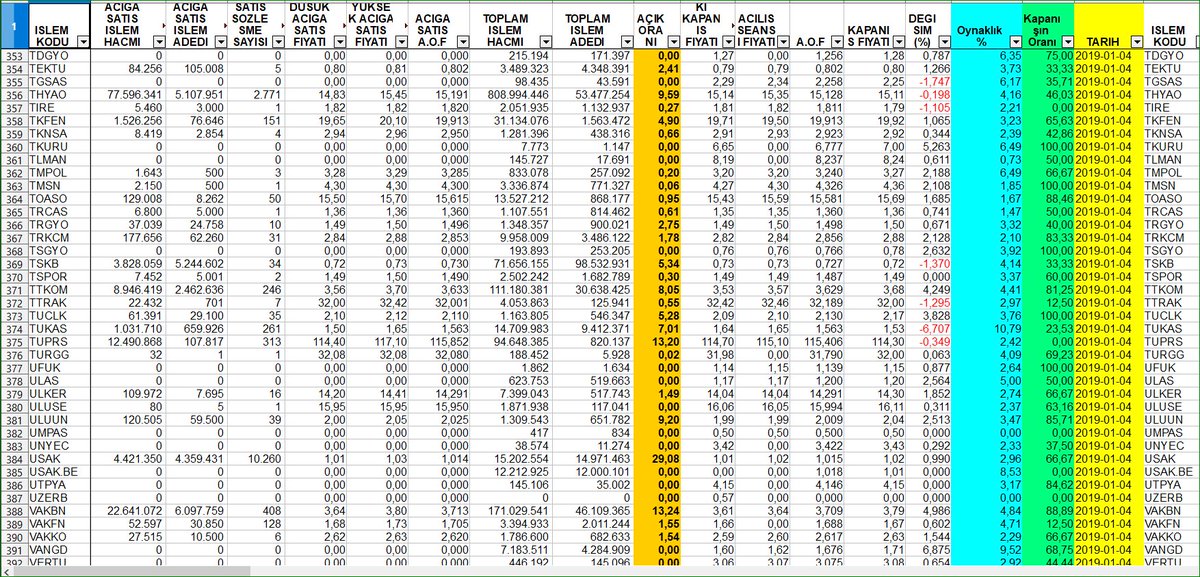 It’s not always about taking off but stopping. It would be best if you had a truck with enough weight that it won’t get thrown around when towing and has the braking power to stop.
It’s not always about taking off but stopping. It would be best if you had a truck with enough weight that it won’t get thrown around when towing and has the braking power to stop.
Make sure you never exceed the towing capacity of your truck or trailer.
Don’t forget the weight of your gear and accessories too!
I’ve learned the hard way about towing heavy trailers with my ATV. Don’t do it, trust me!
If what you tow is too heavy, it lifts the front wheels and makes steering impossible. But more importantly, stopping is almost impossible too.
So don’t tow things over your towing capacity.
If you plan on using your ATV for towing things, you’ll need to focus on buying heavier ATVs. The heavier the ATV, the easier it is to control what you tow.
If you do a lot of towing, consider getting a side by side as they weigh a lot more and will do better at hauling.
The heavier the ATV, the harder the engine has to work.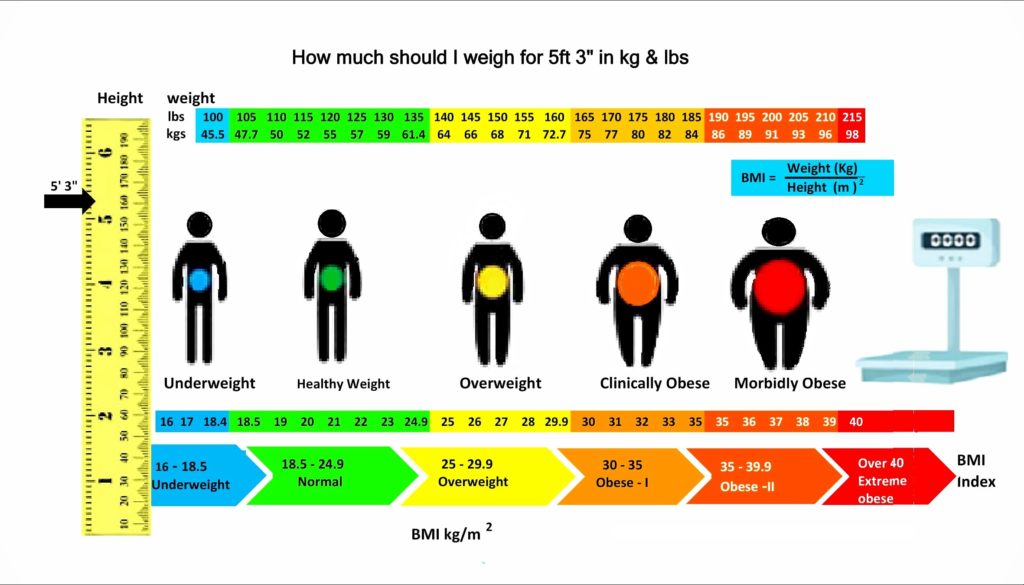
This is why you see the performance racing model 450’s weigh so little compared to the utility ATVs.
If you like to go fast and play around, a lighter ATV will be what you need.
If you like to get work done, then the ATVs you want are on the heavier end.
Taiga Motors, the developer of electric snowmobiles, has announced a third-generation electric snowmobile line called the TS3, which they say will be in production soon.
The company offers three different TS3 models, including the Taiga Motors Ekko mountain snowmobile. Two other models will also be available: the Atlas, a crossover SUV, and the Nomad, which is a station wagon/touring model. The company has made a number of significant platform improvements since the TS2 prototype, which was the second generation of electric snowmobiles.
From left to right: Taiga Motors Ecco, Atlas and Nomad models
Improvements made to the third generation TS3 platform
Several improvements have been made to the TS3 since the second generation of TS2 prototypes.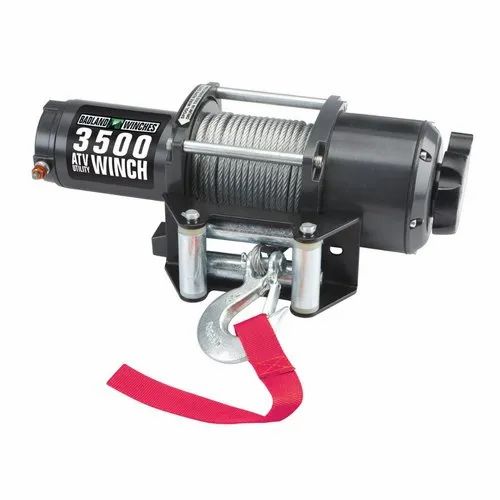 The most obvious is the body design, which looks great and seems to be heavily inspired by the introduction of the BRP Ski-Doo Gen4 platform.
The most obvious is the body design, which looks great and seems to be heavily inspired by the introduction of the BRP Ski-Doo Gen4 platform.
Range and performance
Taiga recognizes that achieving an efficient operating range without undue cost and weight is the biggest challenge in building an electric snowmobile. This is most relevant for mountain snowmobiles, where weight is critical.
For the TS3 generation, Taiga has increased battery capacity and transmission power by almost 35% to improve acceleration, top speed, handling and range. They claim that their powerplant now delivers "more power than leading 2-stroke engines at half the weight."
The Ekko model will include two packages: "Standard", which offers 120 hp, and "Performance", which is listed at 180 hp.
Although electric motors are known to produce more torque and, in some cases, more power, the main indicator of the use of electricity in the mountains is the range.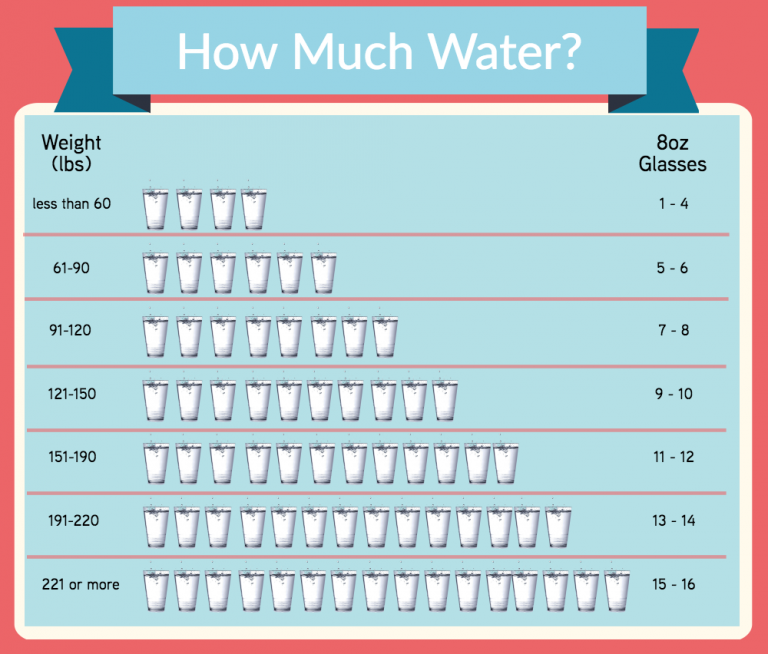 Ekko's mountain model is claimed to have a range of 98 km (61 miles) in the "standard" configuration and 131 km (81 miles) in the "extended" version.
Ekko's mountain model is claimed to have a range of 98 km (61 miles) in the "standard" configuration and 131 km (81 miles) in the "extended" version.
Battery and weight
In search of better battery performance, Taiga improved the battery capacity of 27 kWh by 30%. To put it more clearly, the entire TS3 Atlas snowmobile, including the battery, weighs 271 kg (597 lbs) - the same weight as a 28 kWh battery in an electric vehicle.
The standard version (range 98 km) will weigh 242 kg (534 lb), while the Extended model (range 131 km) will weigh 266 kg (586 lb).
DC fast charging will provide 80% battery charge in 20 minutes, while AC 240V L2 will charge the battery in 2 hours. Now you are unlikely to find such charging stations in the forest or in the fields and mountains. The real scope of the electric snowmobile today is ski resorts and rental shops.
Suspension and Tra to
Each TS3 model will have individual front and rear suspension.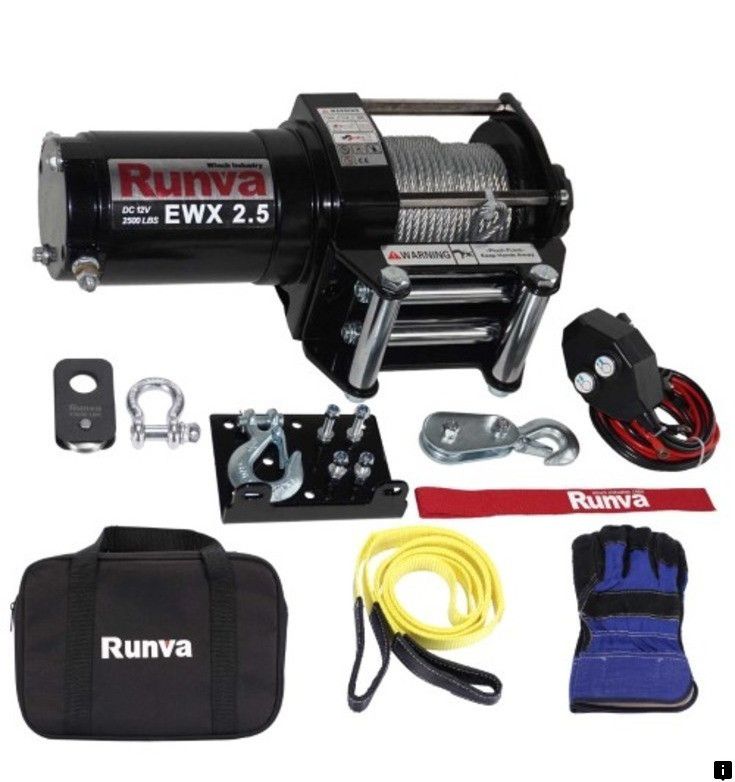 Taiga swapped the TS2 monoshocks up front for a pair of shocks and coil springs. This is a standard twin A-arm independent front suspension with 220 mm (8.66 inches) of travel. In comparison, the BRP Ski-Doo Summit X has 215mm of travel.
Taiga swapped the TS2 monoshocks up front for a pair of shocks and coil springs. This is a standard twin A-arm independent front suspension with 220 mm (8.66 inches) of travel. In comparison, the BRP Ski-Doo Summit X has 215mm of travel.
Interestingly, Taiga has made the decision to design the suspension with 37.4-inch ski spacing rather than the narrower 36-inch suspension that has become the standard in Big Four mountain models in the last couple of years.
The rear now has a more traditional suspension called the Multilink Rad-M with 270 mm (10.6 in) of travel. Again, for comparison, the 2020 Summit X has 239mm (9.4”) of travel.
More traditional rear skids and suspension will provide ease of maintenance, compatibility and lower cost than those featured in the TS2 prototype.
The Ekko model will only ship with a 162 x 15 x 2.5 inch track.
Ergonomics
The 20% reduction in overall body area compared to the TS2 results in better ergonomics. The rider position is now more forward. The steering geometry has also been revised.
The steering geometry has also been revised.
The front trunk can accommodate up to 30 liters.
Availability and Pricing
Taiga says it is "accepting orders in North America and Europe with deliveries scheduled to begin late 2020." A refundable deposit allows customers to access a test ride and reserve a seat on the waiting list.
While no specific pricing is available, Taiga Motors suggests pricing will start at around $15,000.
Our thoughts on Taiga Motors Ekko TS3
Benefits
One of the biggest potential benefits of an electric snowmobile is the zero maintenance drivetrain. Not that modern 2-stroke sleds are time consuming, but the TS3 isn't at all. The cost of operation is much lower - no fuel, no oil, no drive belts. It sounds practical, you still have to pay for electricity.
Another practical benefit of an electric motor for mountain users is that its performance is independent of altitude. And 180 hp it's a lot! With the exception of the turbocharged Yamaha Sidewinder, no standard mountain sled can reach this figure, even at sea level. At typical riding heights of over 2000m, the Ekko would have a huge power advantage over all mountain sleds on the market. Not to mention constant torque.
And 180 hp it's a lot! With the exception of the turbocharged Yamaha Sidewinder, no standard mountain sled can reach this figure, even at sea level. At typical riding heights of over 2000m, the Ekko would have a huge power advantage over all mountain sleds on the market. Not to mention constant torque.
The last potential benefit for users is the availability of custom settings depending on the terrain profile. Being able to adjust the power output of the electric motor on the go would be a boon and a good way to conserve battery power when standard settings are not a top priority, such as when driving on the highway.
Defects
But despite all the advances in battery technology, 586 pounds is still very heavy for a mountain sled. Imagine, for example, that Taiga would be in direct competition with Polaris, which makes the 413 lb (dry weight) Polaris PRO-RMK 163″ model. Throw in 11.5 gallons of fuel at about 6 pounds each and the 163-inch PRO-RMK still weighs 100 pounds less than the Ekko. This is a big difference.
This is a big difference.
But even if weight isn't a factor for some riders, the range probably is. The "extended" 131 km lineup sounds pretty good on paper. But how is it measured? Move on a flat road in optimal conditions? Usually a mountain snowmobile is used differently, in deep snow and steep terrain, at maximum speed. It is hard to believe that the actual power reserve will be even close to the listed characteristics. And let's not even talk about what happens when you run out of energy 30 km from the base.
This is not to say that the TS3 models will not find practical application in certain conditions. Low maintenance requirements can be a huge advantage for snowmobile rentals. And in places where charging infrastructure is more accessible, like ski resorts, electric snowmobiles can find a permanent home.
We don't dismiss the idea of an electric mountain snowmobile. In theory, there are many advantages. We'd love to try the Taiga Motors Ekko to see what it's like. And so we will continue to monitor how electric power technology continues to improve over time.
And so we will continue to monitor how electric power technology continues to improve over time.
,0004 to prepare a quadrapy for driving a radiator, Swan , a set of protection of the bottom and levers, as well as to remove the breathers. This will protect the ATV from damage after driving through deep water, as well as hitting stones and logs. In addition, it is desirable to put a winch, additional lighting and several other accessories. We will tell you more about off-road tuning in the article.
Radiator extension . Without it, when overcoming deep puddles, swamps and fords, dirt, mud, clay or small stones will clog the radiator cells. The engine will overheat, and only a high pressure washer will completely get rid of contaminants.
Installation of snorkels and outlet of breathers under the dashboard .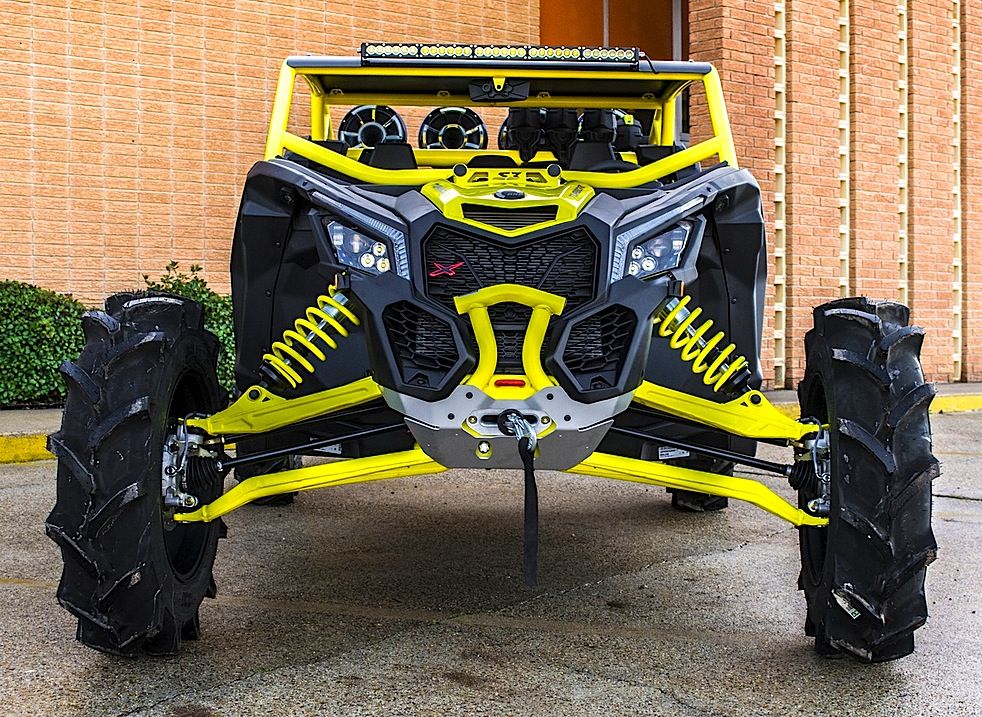 If, when overcoming water barriers, liquid enters the engine or transmission, this will lead to the formation of an emulsion - because of this, the parts will lose their oil film and will deform under load. There are usually three snorkels - for engine air intake, for variator air intake, and also for air outlet from the variator. Breathers are removed from the gearboxes, expansion tank, carburetor, gas tank and fan motor.
If, when overcoming water barriers, liquid enters the engine or transmission, this will lead to the formation of an emulsion - because of this, the parts will lose their oil film and will deform under load. There are usually three snorkels - for engine air intake, for variator air intake, and also for air outlet from the variator. Breathers are removed from the gearboxes, expansion tank, carburetor, gas tank and fan motor.
Wiring seal . It is necessary to treat all contacts with a spray or lubricant for electrical equipment. If they already have salt deposits, cleaning will first be required.
Protection kit . Prevents frame, suspension, engine and transmission damage. There are two kinds. Plastic made of HDPE and similar materials with the same thickness weighs less and slides better over obstacles. Also, snow sticks to it less, and you can straighten the bent element manually. Aluminum better protects against strong impacts.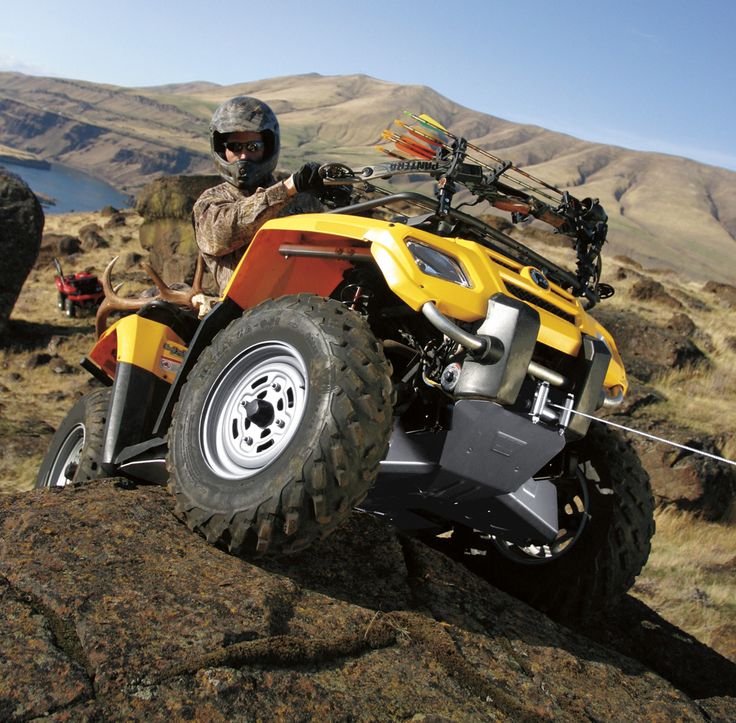
Winch. The pulling force of the winch must be 2.5 times the weight of the ATV. It is expressed in pounds (lbs). To convert to kilograms, multiply by 0.454. For example, 2500 pounds is 1135 kg. A winch with this tractive effort is suitable for ATVs weighing up to 455 kg. Also, when buying a winch, you need to pay attention to the material of the cable - synthetic ones made of ultra-high molecular weight polyethylene are lighter, they are not inferior in strength to steel ones, they do not sink, they are maintainable and safer when broken, you can work with them without gloves.
Power bumpers (kangarins) . Needed to protect the plastic cladding, wings, optics and radiator (if it is located as standard).
Bedlocks. These are double ring locks that hold the tire firmly against the disc bead. Prevent disassembly and accumulation of dirt between the disc and rubber, allow you to drive with minimal tire pressure.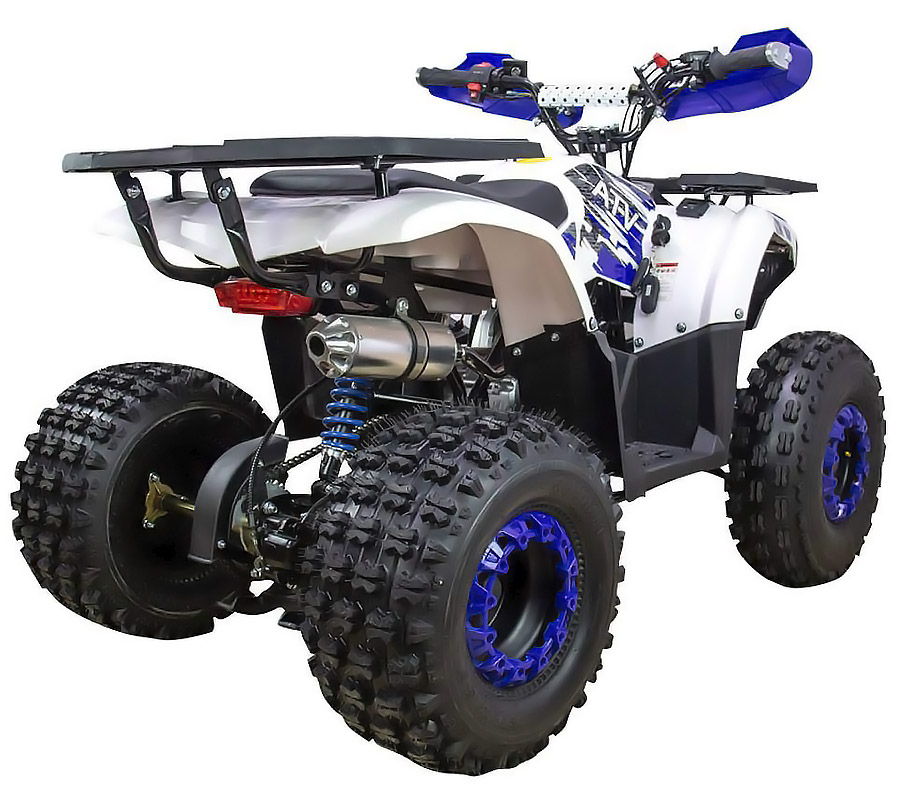
Lift. It consists in increasing the length of the levers and actuators / installing tuned shock absorbers and springs. Simply putting spacers is cheaper, but at the same time, the suspension resource will decrease due to the critical angles of the cv joints and ball bearings.
Off-road tires . The larger the wheels, the higher the ground clearance and the larger the contact patch with the surface. Lugs also affect patency. When choosing tires, it is important to consider engine power - all-terrain vehicles with an engine capacity of less than 500 cm³ are especially sensitive to its diameter. Also keep in mind that large wheels may require a lift, the installation of lightweight weights in the CVT, fender trimming and other alterations - it is better to check this with the owners of a particular model on the forums in advance.
Fender extensions . Protect the driver from water, dirt and stones that fly from under the wheels.